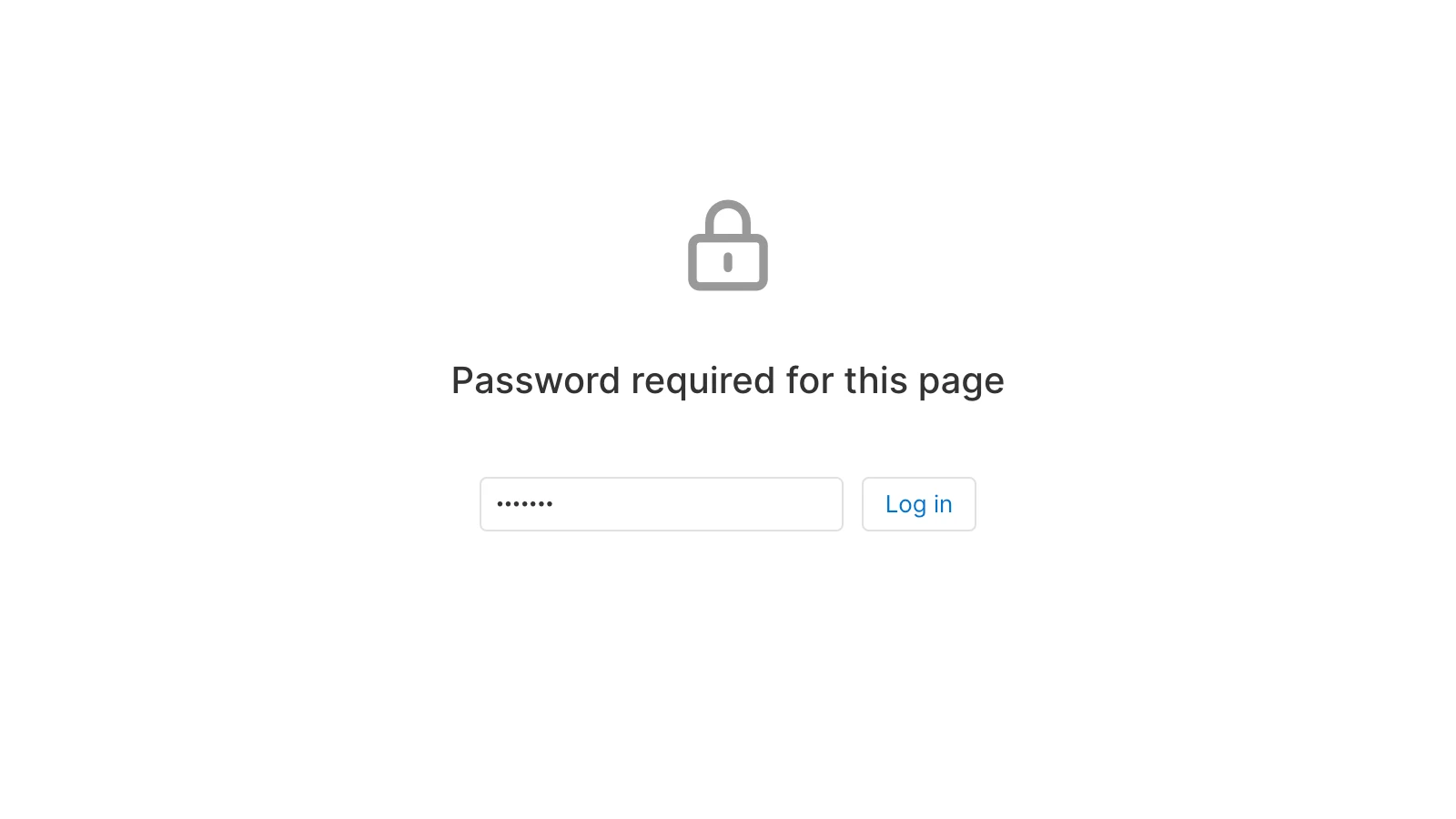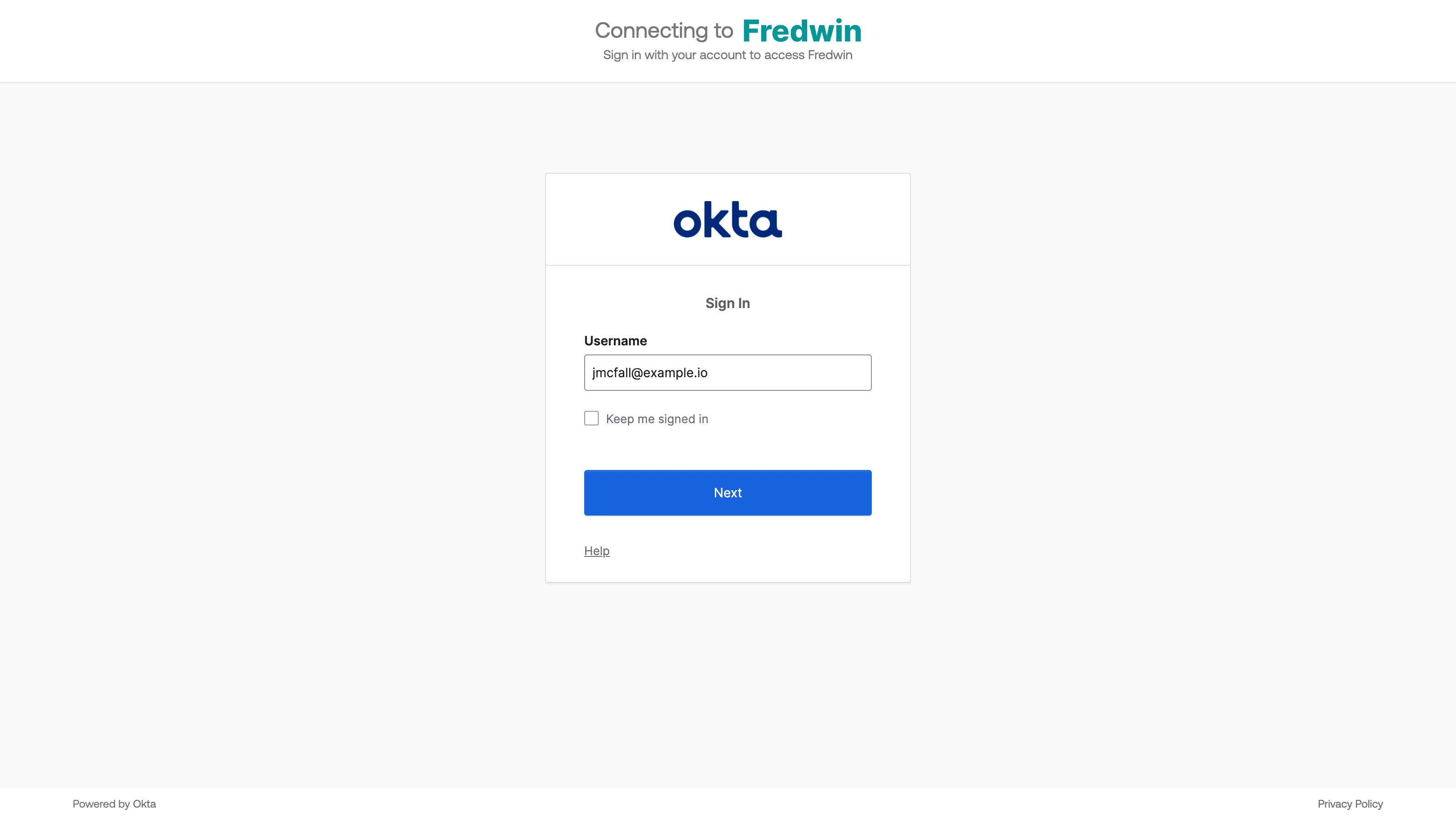This article discusses functionality that is included in the Aha! Knowledge Advanced plan. Please contact us if you would like a live demo or want to try using it in your account.
Aha! Roadmaps | Knowledge base access
Your knowledge base is an important resource for the people who use your product — but that does not mean that everyone needs access to it. Configure authentication for your knowledge base to make it public or require a password.
Click any of the following links to skip ahead:
Configure authentication
Customization admins can configure authentication for a knowledge base from its settings.
Navigate to Settings ⚙️ Account Knowledge bases. Click the name of your knowledge base to access its Settings.
On the Overview tab, scroll down to the Authentication settings.
Choose an Authentication option (Public, Private, or SSO) from the dropdown.
If you choose Private, enter the password you want to use.
If you choose SSO, select an SSO configuration from the dropdown or set up a new one.
Public knowledge bases
Public knowledge bases are accessible to anyone who has your knowledge base's URL. This option is best for knowledge bases that serve a broad audience and do not share any proprietary information. Public knowledge bases are also indexable by search engines, so readers may be able to find your knowledge base by searching for it online.
You can disable search engine indexing if you do not want search engines to index the contents of your knowledge base.
Private knowledge bases
Private knowledge bases require authentication to access. Only knowledge base visitors with the appropriate credentials will be able to access them. When someone navigates to a private knowledge base's URL, they will see a login page.
They will then need to enter the knowledge base's password or authenticate with your configured SSO identity provider to access it.
Password access
Visitors will need to enter the password your configured for your knowledge base to access it. Password-protected knowledge bases are great for internal knowledge bases for audiences that do not belong to your organization — like business partners, clients, and beta testing groups.

SSO access
When SSO is configured for your knowledge base, visitors will need to authenticate to your configured SSO identity provider to access it.
If you have an Aha! Ideas or Aha! Roadmaps ideas portal, you can share an SSO configuration between your knowledge base and ideas portal.
Your knowledge base supports single sign-on (SSO) through the use of SAML 2.0, OpenID Connect, or JSON web token (JWT). Any option provides a great way to automatically authenticate knowledge base visitors and grant them access.

Once you're ready to establish an SSO connection, follow along with either of the following articles as you move through the SSO settings.